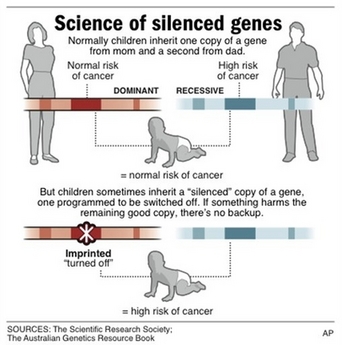As Part 2 of my series on same-sex parenting research, I am posting the transcript of a presentation delivered at the Catholic University just over a year ago. A section on same-sex marriage was provided after Michael Bailey and prior to my speech at the same comference.
(Quotes removed at the request of Brad Wilcox)
Here is a more socially conservative scholar who comes to an assessment similar to Meezan and Rauch: we don’t know much and not really enough.
Some distinctions are arising in the comments on other threads that should be sharpened going forward. Same-sex adoption of special needs kids should be distinguished from use of reproductive technologies to create kids without hope of knowing a parent of one gender. Whereas some would say public policy should not make these distinctions; others would say it can and should. What data exist to inform these discussions? Are there data that could address these issues? Or is policy to be made on the basis of presuppositional principles? How do we decide which principles apply? I would say the best interest of children would be such a principle. If research finds, on balance, discouraging results from studies of same-sex parenting (however defined), do equal protection arguments for adults trump any potential child consequences? What if research finds that some outcomes are better for same-sex parenting and some are not, then how should public policy take mixed results into account?
Let’s keep talking…
